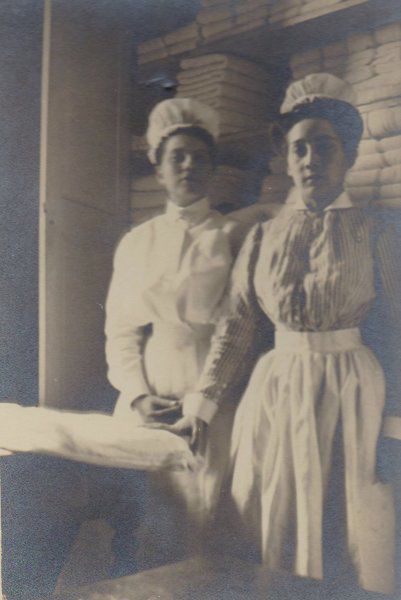 Here's a nice article with some historical perspective on Household Staff. Enjoy.
Here's a nice article with some historical perspective on Household Staff. Enjoy.
…In our modern American society, the idea of openly treating someone differently based upon class level seems extremely rude. For household staff a century ago, however, different treatment would be seen as quite normal, and in fact, many households were judged based on how invisibly servants would be able to do their work. A good household should, to the casual visitor, seem to run like clockwork, without any visible oversight from the lady of the house.
In fact, our employed ancestors would likely have been mortified by the behind-the-scenes footage so popularized by shows like “Downton Abbey.” After all, one of the perks of being invisible is that your secrets and daily dramas are invisible as well. In the Miller House, this meant that not only did the servants have their own entrance, located at the rear of the kitchen, but they also used a separate staircase that would take them directly to their living quarters and the nursery.
We know from census records that the Price family employed between three and five servants during the years they lived in the townhouse. The Neill family, who lived in the home from 1842 to 1911, kept similar numbers, and the Miller family, who lived in the home from 1911 to 1966, kept a live-in housekeeper on staff.
Technological advances begin to cause a decline in the number of household staff in the early 20th century. Over the years, the house saw the introduction of refrigeration, modern food preparation appliances, food preservation and processing, the introduction of the grocery store, gas and then electrical power, and many other smaller changes that made household work a lot easier. Over time, these vast changes meant that less manpower and fewer people were required to run a household effectively. In addition, social codes had relaxed to a point where the lady of the house took an active role in housekeeping…
Read the full article here: heraldmailmedia.com

